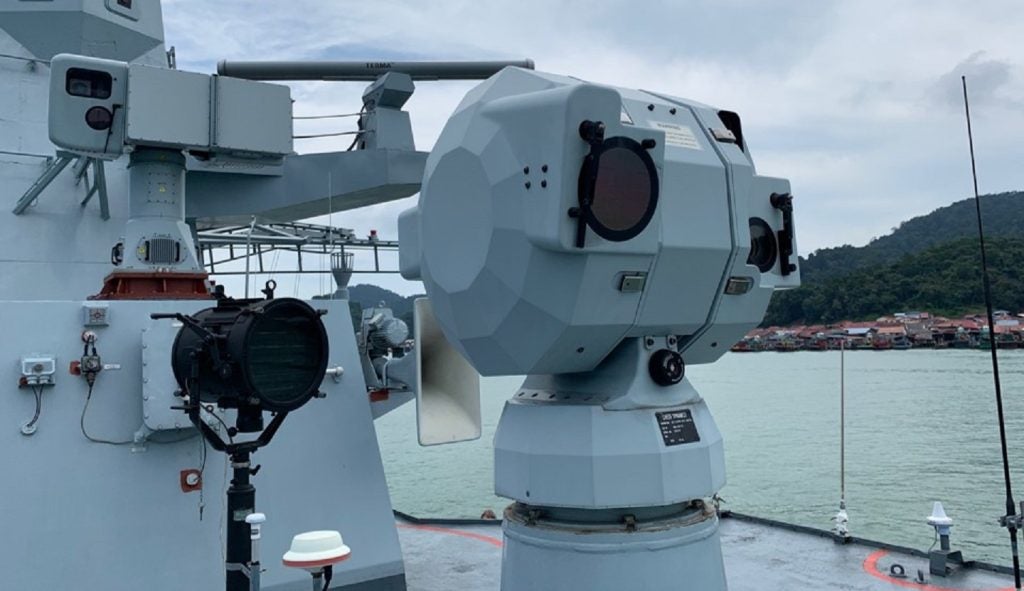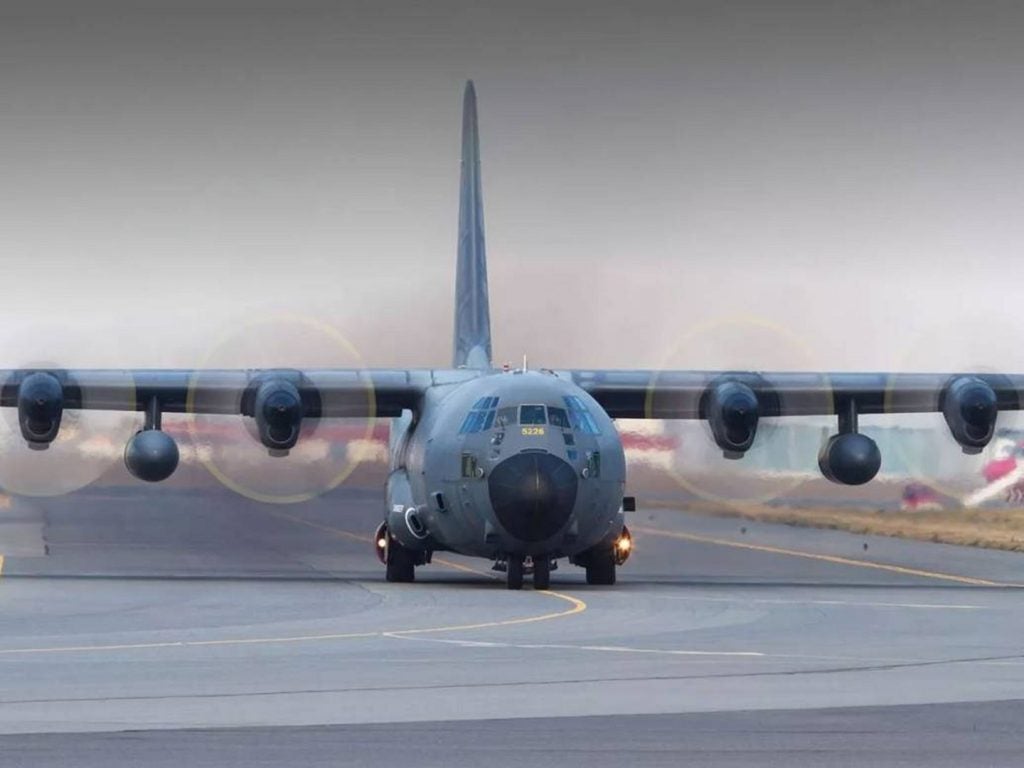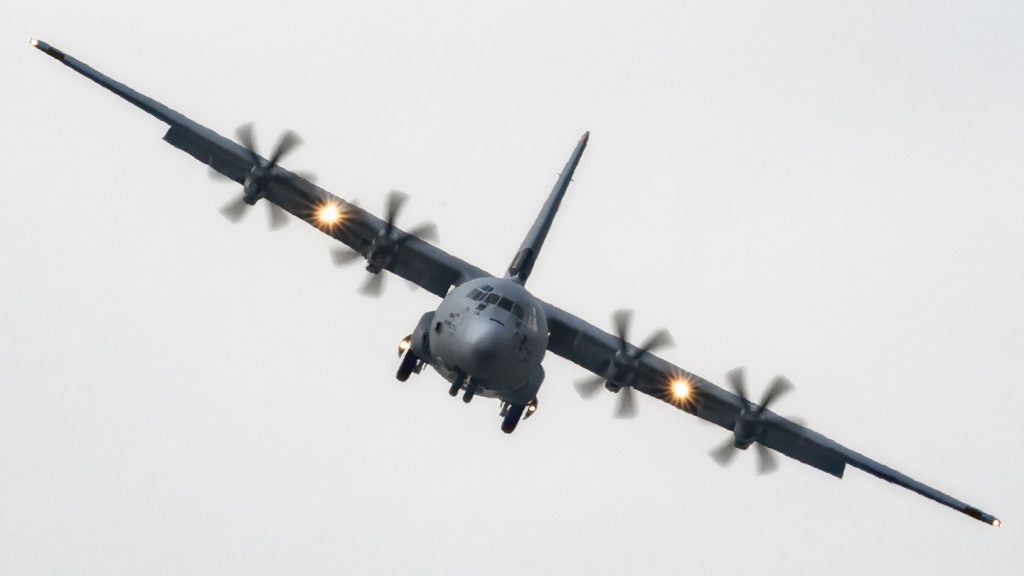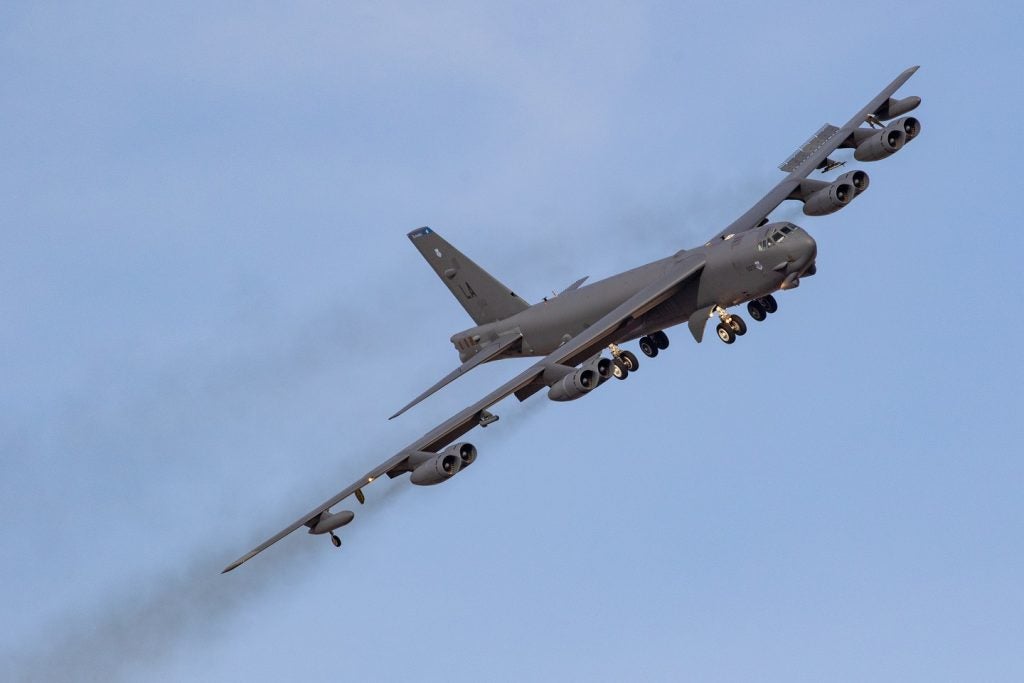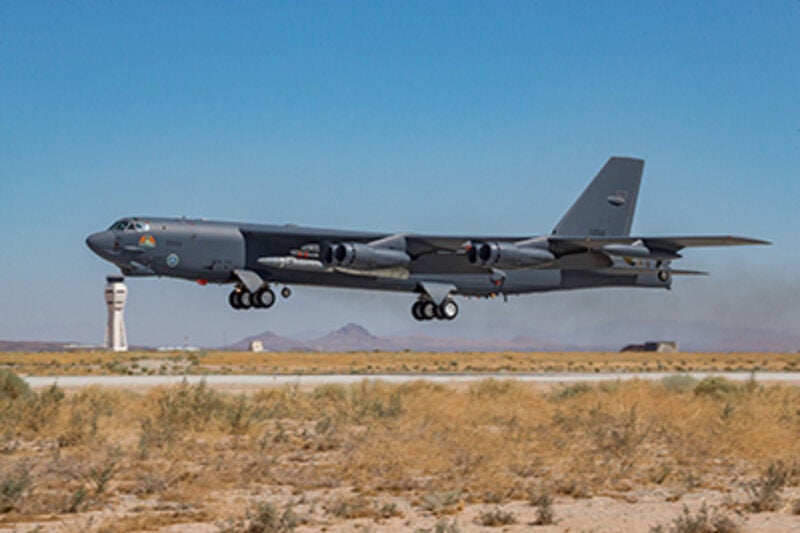
The US Air Force (USAF) and Lockheed Martin have completed flight testing of the second AGM-183A Air-Launched Rapid Response Weapon (ARRW) missile on B-52 Stratofortress strategic bomber aircraft at Edwards Air Force Base (AFB), California, US.
The captive carry flight was conducted with tactical hardware to collect thermal, mechanical and digital data from the flight vehicle.
Lockheed noted that the test marked the first assembling of a tactical ARRW missile.
Additional ground and flight testing will be conducted over the following two years.
Using high speed, altitude and manoeuvrability, the hypersonic weapons have the capability to provide rapid response with a time-critical capability to overcome distance in contested environments.
During missions, an operational hypersonic air-launched weapon enables warfighters to fix time-sensitive targets at risk in contested environments from stand-off distances, ensuring personnel safety.
How well do you really know your competitors?
Access the most comprehensive Company Profiles on the market, powered by GlobalData. Save hours of research. Gain competitive edge.

Thank you!
Your download email will arrive shortly
Not ready to buy yet? Download a free sample
We are confident about the unique quality of our Company Profiles. However, we want you to make the most beneficial decision for your business, so we offer a free sample that you can download by submitting the below form
By GlobalDataFor more than 30 years, Lockheed Martin has invested in research and capability development of hypersonic technologies.
Lockheed Martin Missiles and Fire Control ARRW programme director Dave Berganini said: “The team overcame significant challenges driven by the Covid-19 pandemic to achieve this significant milestone for the programme.
“This captive carry mission is the pre-cursor for our first booster test flight planned for the early 2020s.”
Last month, Lockheed Martin signed a new contract with the Australian Department of Defence for ongoing sustainment of the Tactical Air Defence Radar System (TADRS).
The Royal Australian Air Force (RAAF) is using the system for air surveillance operations. The five-year A$50m ($34.6m) contract will sustain the mobile TADRS.



